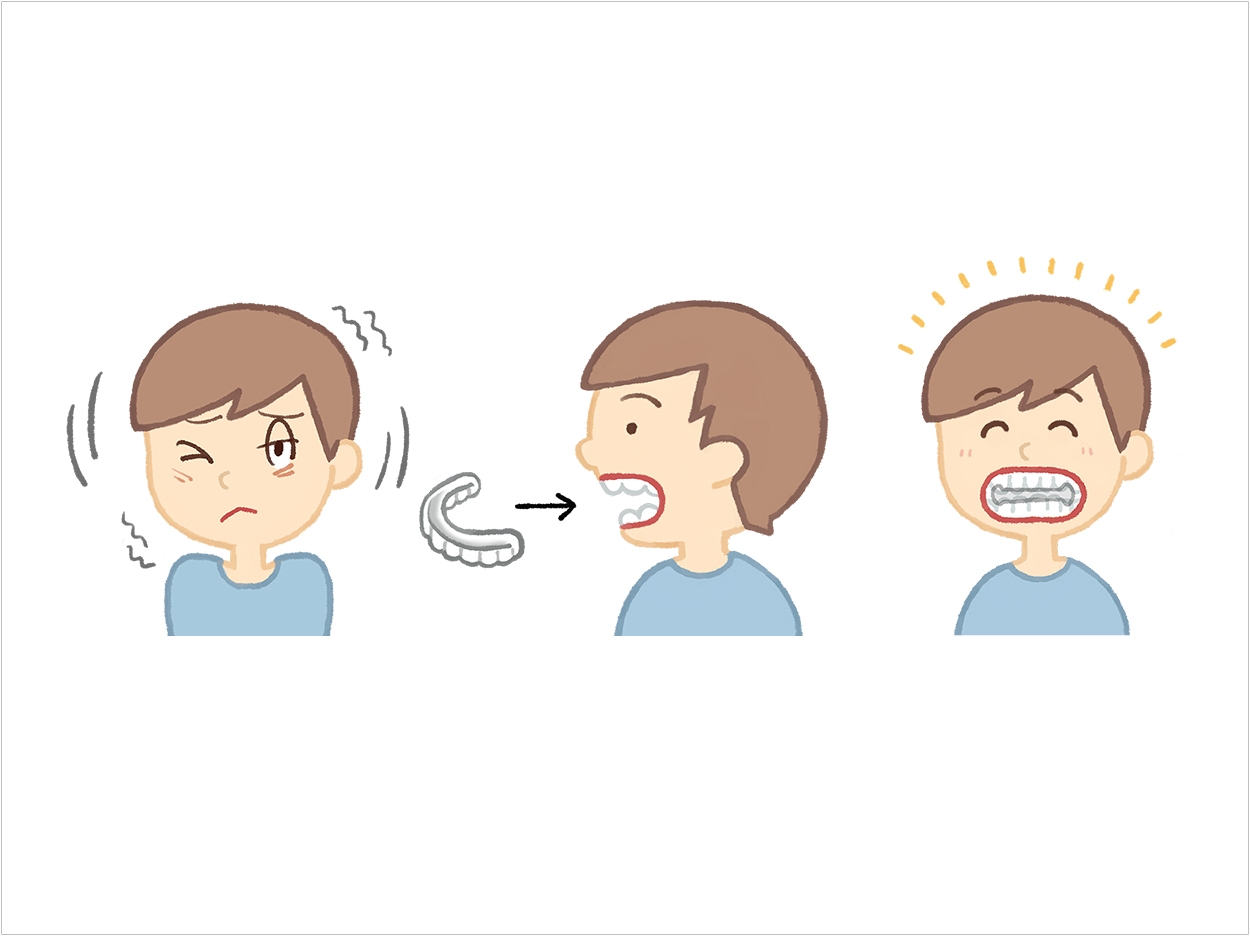
Researchers at Osaka University have developed an oral device that effectively reduces motor and vocal tics in children and adults with Tourette syndrome. The ability to ameliorate these disturbances could positively impact the everyday lives of individuals with Tourette syndrome, the researchers report, which can contribute to anxiety, depression, and low self-esteem.
While there is no cure for Tourette syndrome, treatments include behavioral interventions such as psychotherapy and cognitive behavioral therapy, pharmacological solutions such as medications that block dopamine in the brain, and surgical interventions such as deep brain stimulation, whereby the brain’s motor areas receive electrical stimulation.
The efficacy of these treatments can vary, though, and patients still frequently suffer from physical, mental, and social disabilities. As an alternative, the researchers have developed a custom-made, removable oral split. Such splints typically are used for clenching and grinding and for temporomandibular disorders such as misalignment of the teeth or jaw.
The oral splint is applied to the molars to increase the occlusal vertical dimension, which essentially alters the alignment of the nose, lips, and chin.
“Biting down on the device immediately improved both motor and vocal tics in 10 of the 14 children and six of the eight adults that participated in the study,” said Jumpei Murakami, DDS, PhD, joint first author of the study. “What’s more, these effects were long lasting. Long-term improvements in motor tics after more than 100 days were especially evident in patients who were younger when their tics first started.”
While how the splint exerts these effects isn’t clear, the researchers say the action of biting down could serve as a sensory trick. Sensory tricks are voluntary maneuvers that usually involve touching parts of the face and head and can alleviate involuntary movements. They have been well documented to temporarily improve dystonia, which is a movement disorder like Tourette syndrome characterized by uncontrollable tics.
“Considering previous findings on sensory tricks in patients with cervical dystonia, it seems possible that the oral splint modulates proprioceptive, or ‘touch’ signals,” said Yoshihisa Tachibana, DDS, PhD, co-first author of the study. “These ‘touch’ signals might be modified by the muscles involved in jaw-closing before being relayed to the brain.”
While larger-scale studies are needed, the researchers say, the oral splint has clear therapeutic potential. As well as enhancing quality of life, the add, ameliorating tics could improve psychosocial functioning in patients with Tourette syndrome.
The article, “Oral Splint Ameliorates Tic Symptoms in Patients With Tourette Syndrome,” was published by Movement Disorders.
Related Articles
Splints and Occlusion Get No Respect
Splint Suits Daytime and Nighttime Use
Occlusal Appliance Replaces Poor-Fitting, Uncomfortable Splints












